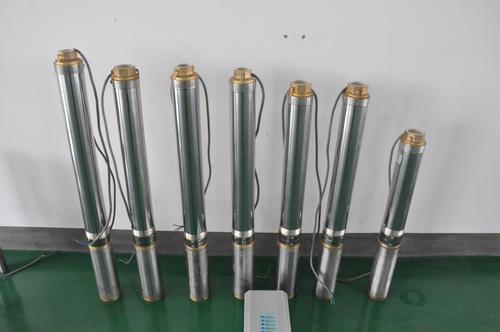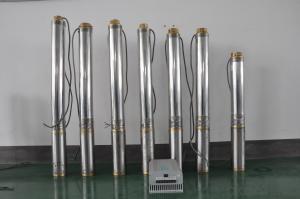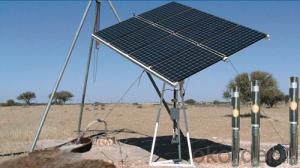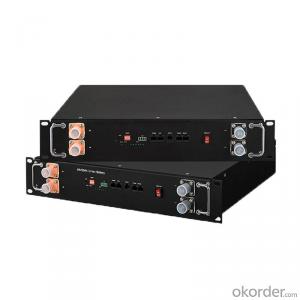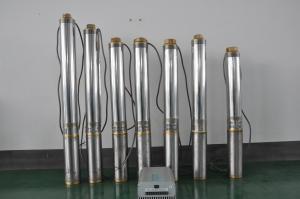solar irrigation water pump
- Loading Port:
- Shanghai
- Payment Terms:
- TT OR LC
- Min Order Qty:
- -
- Supply Capability:
- 300 set/month
OKorder Service Pledge
Quality Product, Order Online Tracking, Timely Delivery
OKorder Financial Service
Credit Rating, Credit Services, Credit Purchasing
You Might Also Like
how is the rotor made:
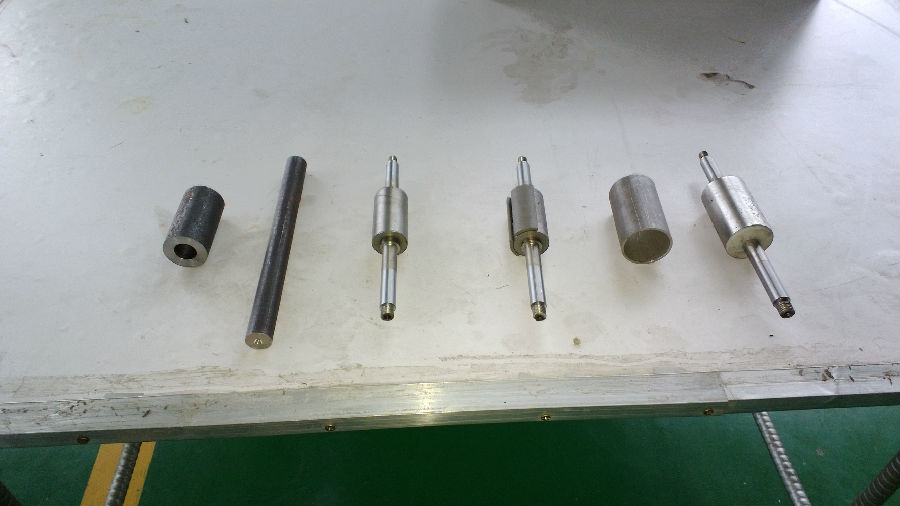
how is the motor made:
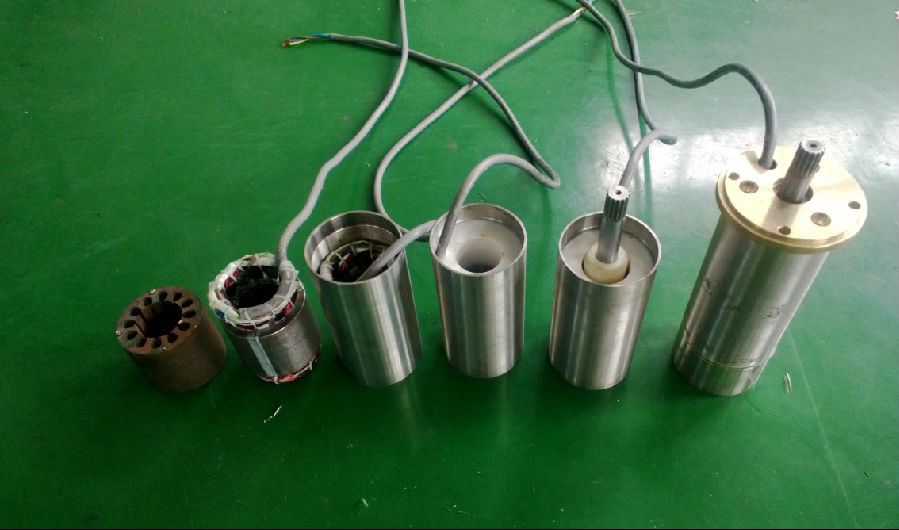
the pump :
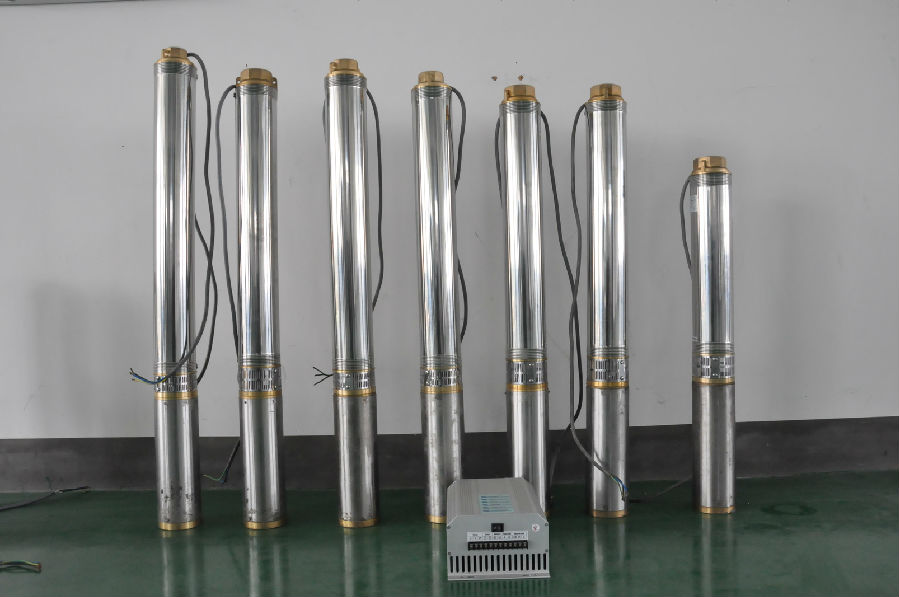
controller terminal connection:
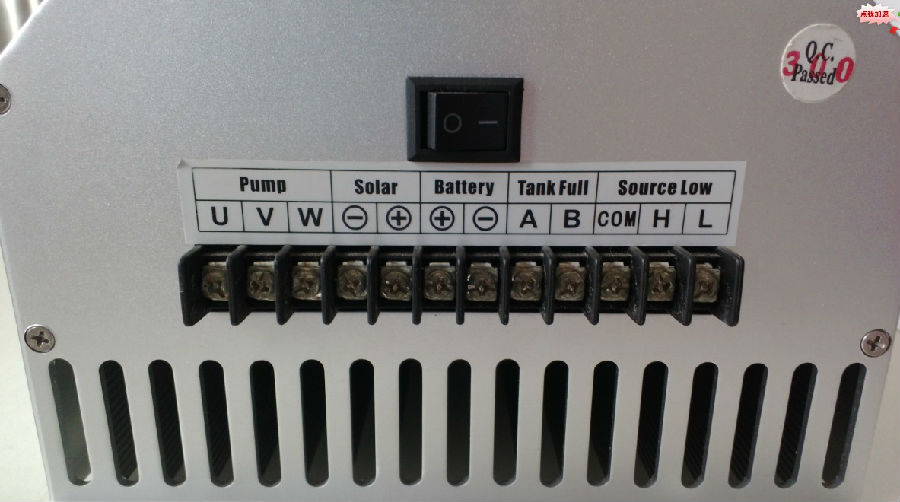
The permanent magnet:
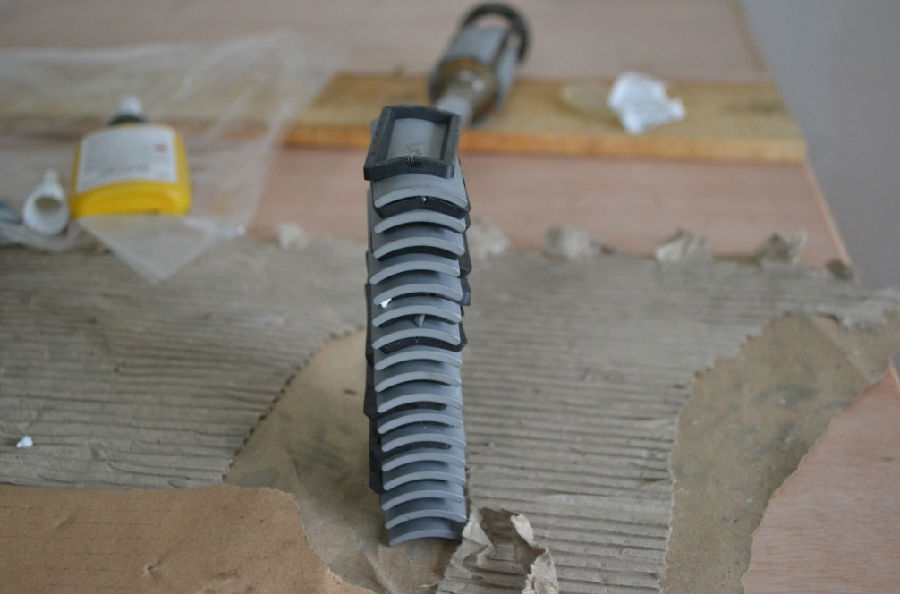
the impeller:

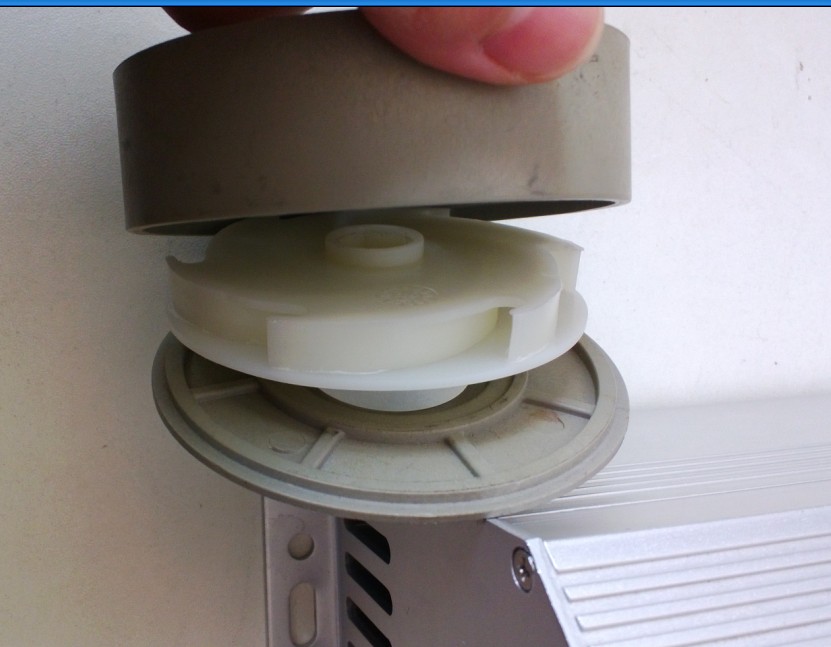
controller box:
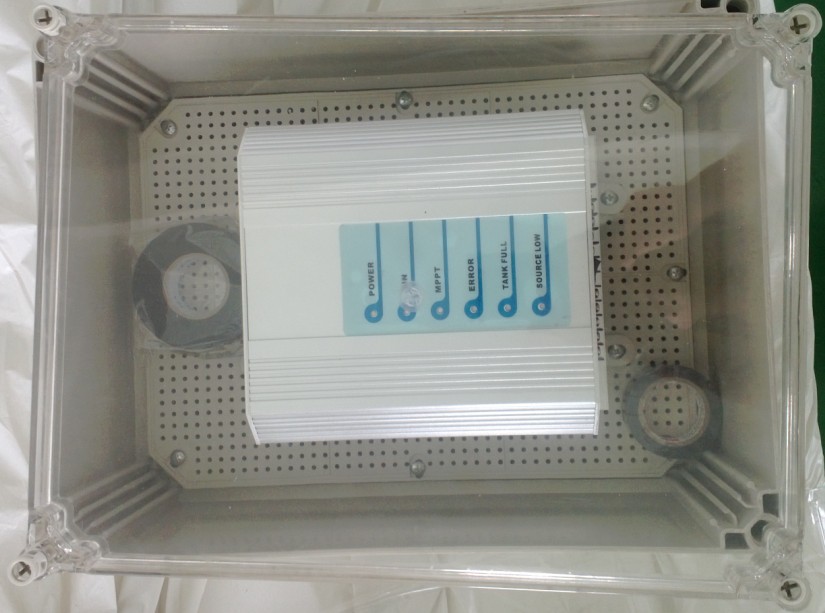
the senors:
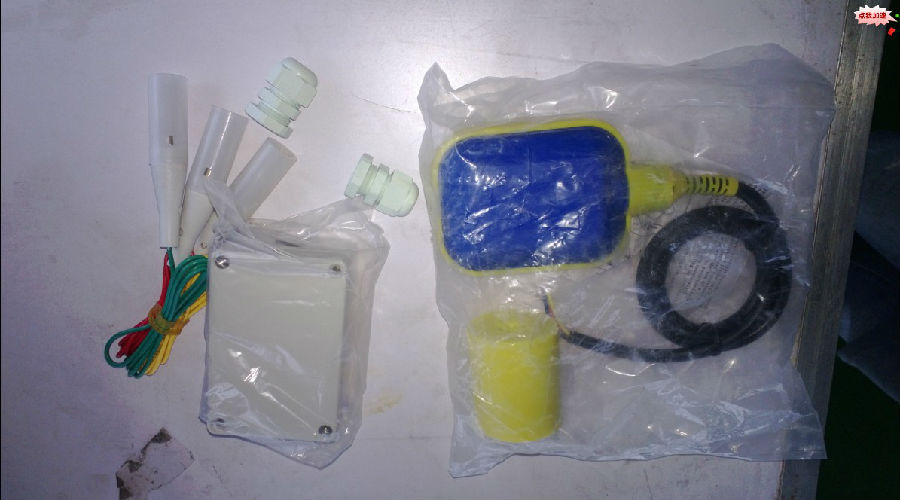
the test:
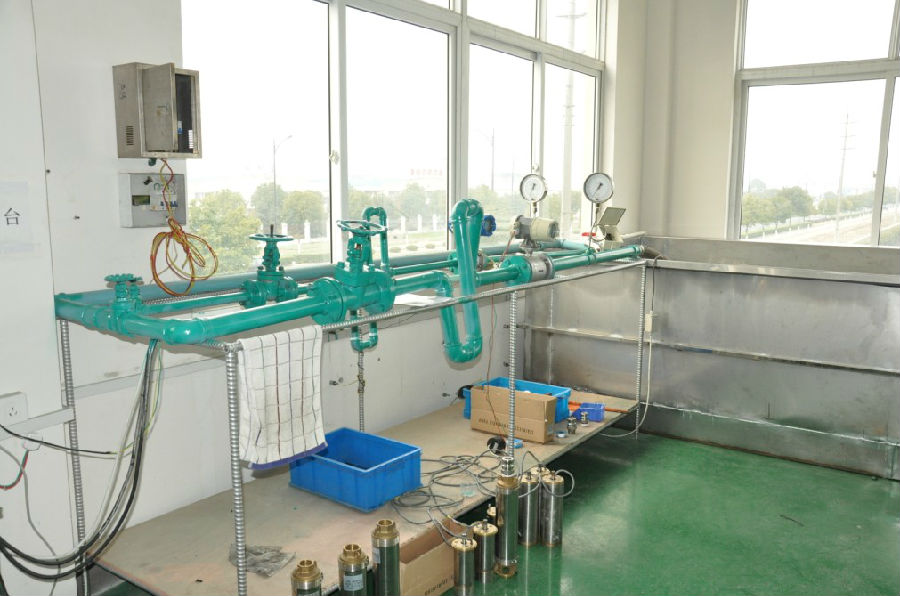
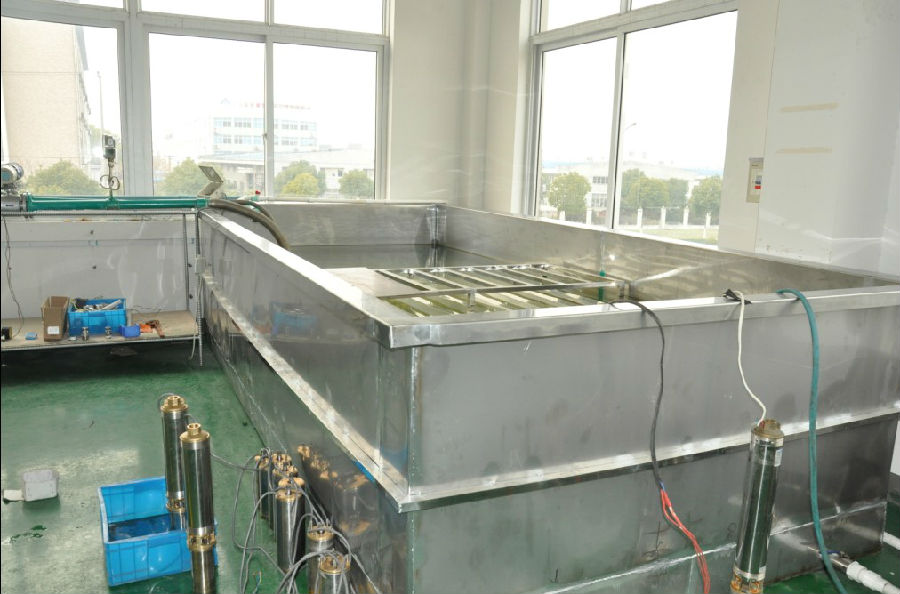
the application:


the package:
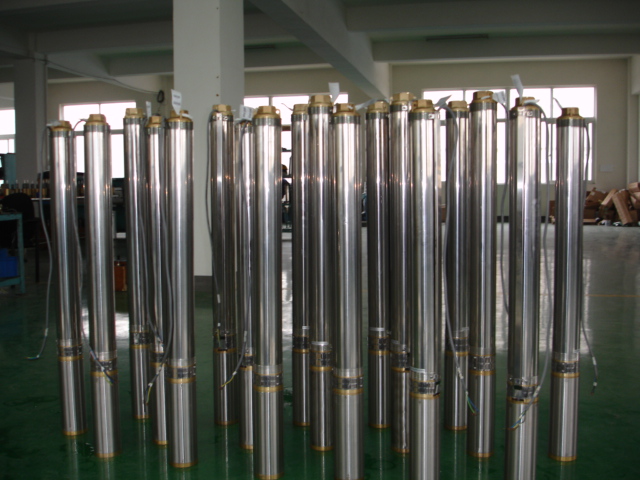
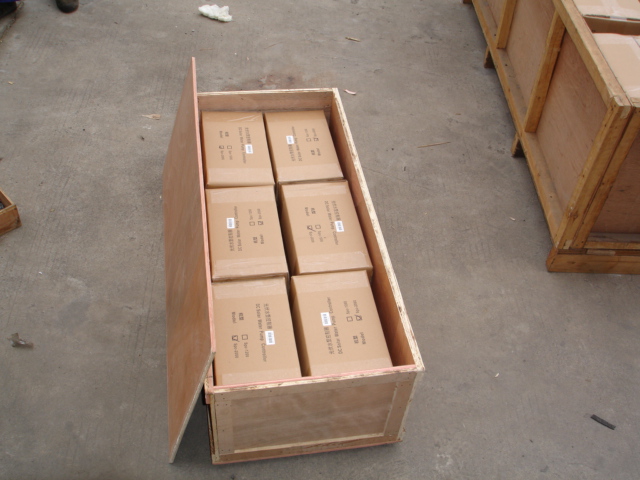
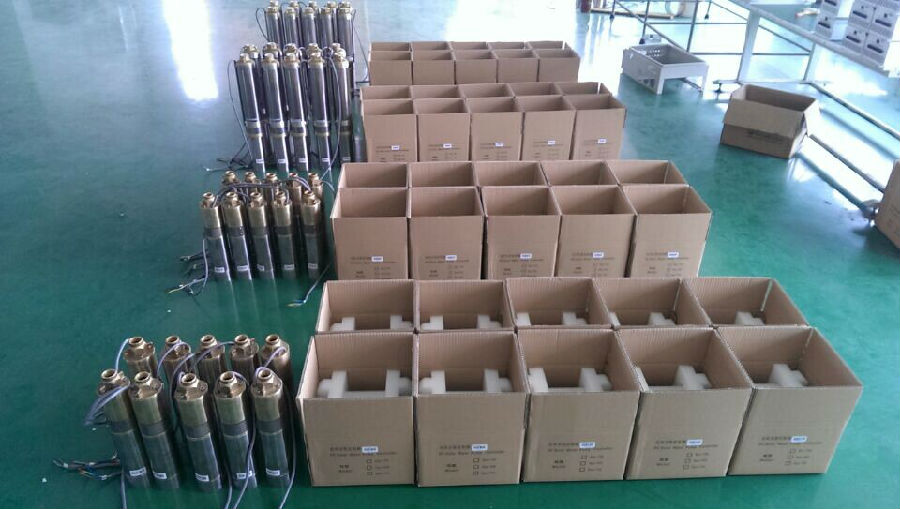
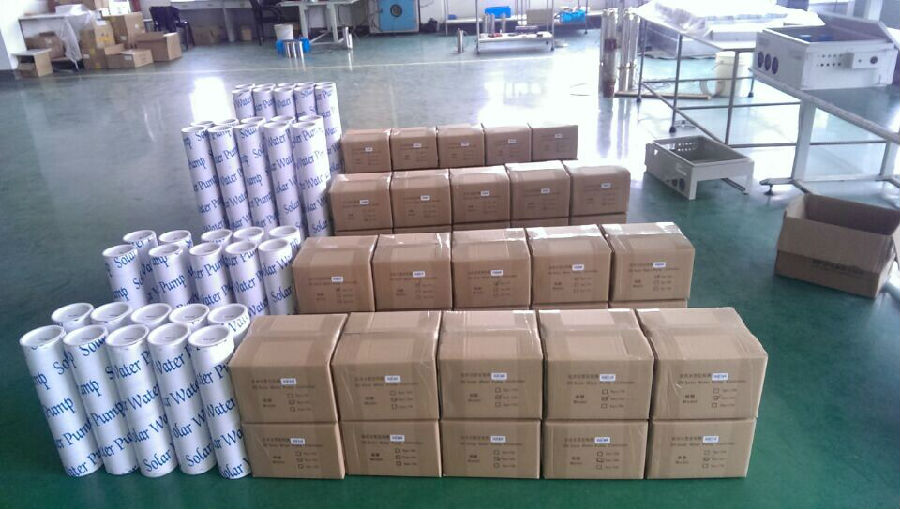

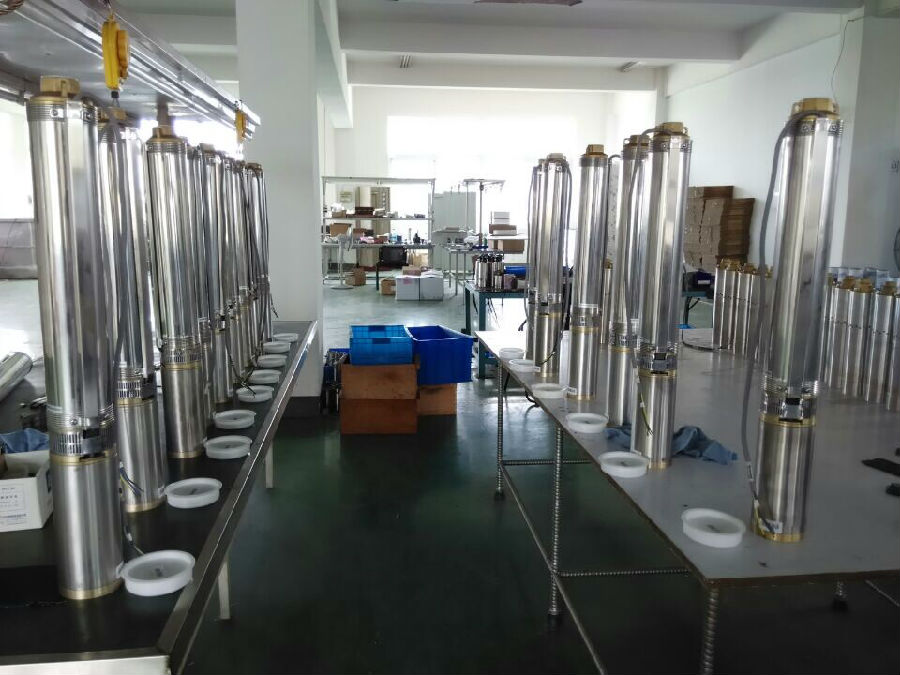
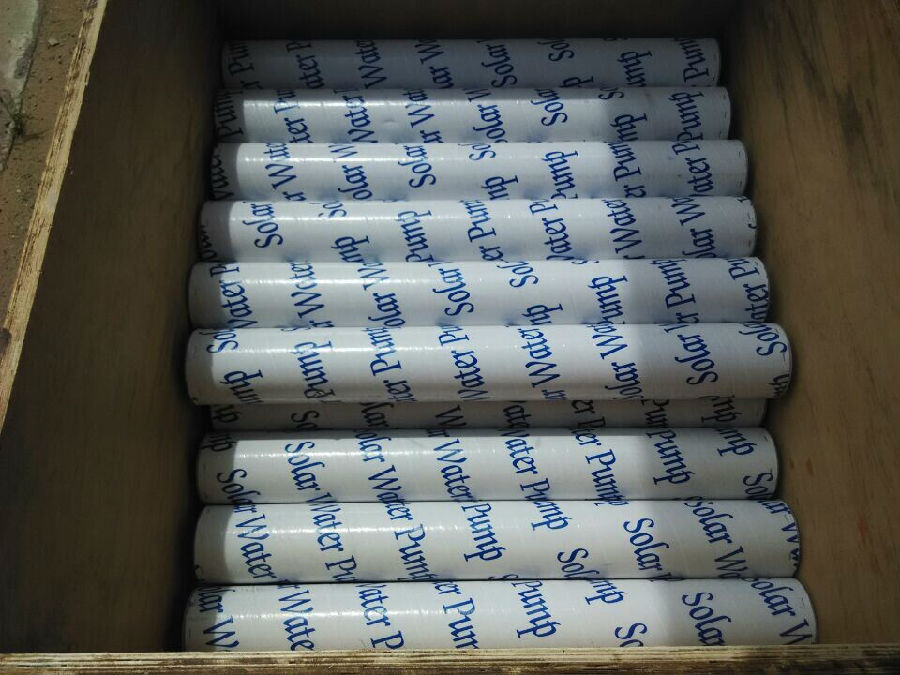
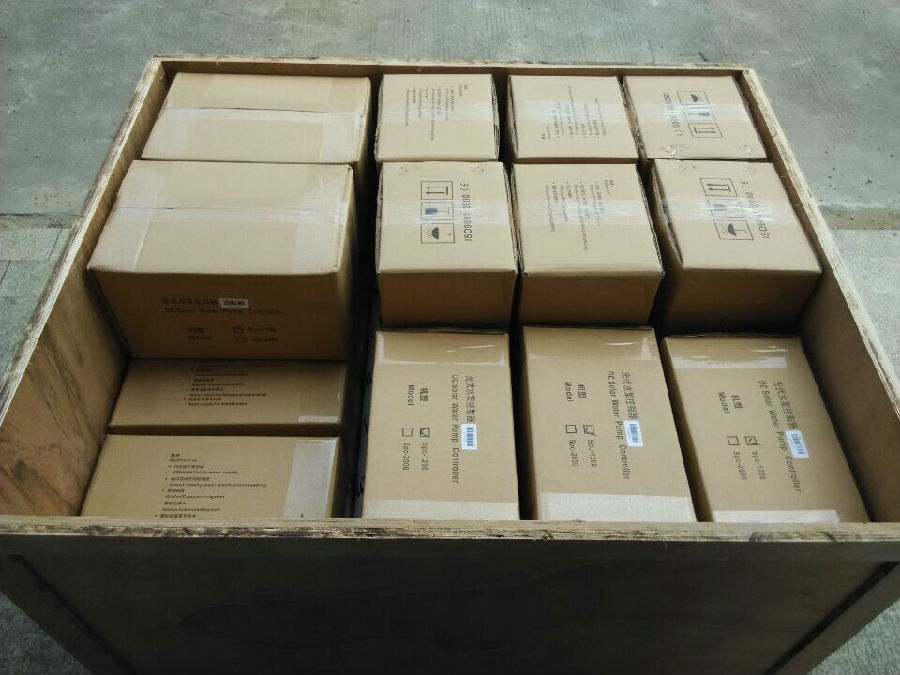
- Q:What is the role of inverters in a solar pump system?
- The role of inverters in a solar pump system is to convert the direct current (DC) electricity generated by the solar panels into alternating current (AC) electricity that is required to power the pump. Inverters also help regulate and control the voltage and frequency of the electricity to ensure optimal performance of the pump system.
- Q:Are there any limitations to the size of particles a solar pump can handle?
- Yes, there are limitations to the size of particles a solar pump can handle. Solar pumps typically have a filtration system to prevent large particles from entering the pump and causing damage. However, the specific limitations vary depending on the design and capacity of the pump. It is important to check the manufacturer's specifications and recommendations to ensure that the pump can handle the size of particles present in the water source.
- Q:How does a solar pump compare to a traditional electric pump in terms of efficiency?
- A solar pump is generally more efficient than a traditional electric pump. This is because a solar pump utilizes renewable energy from the sun, reducing the reliance on electricity from the grid. Solar pumps have a higher energy conversion rate and require less power to operate, resulting in lower energy consumption and cost. Additionally, solar pumps have lower maintenance requirements and can be more durable, making them a more efficient and sustainable choice for pumping water or other fluids.
- Q:How does a solar pump help in reducing the use of chemical fertilizers?
- A solar pump helps in reducing the use of chemical fertilizers by providing a sustainable and renewable source of energy for irrigation. By using solar power, farmers can irrigate their crops without relying on conventional pumps that are usually powered by fossil fuels. This not only reduces the carbon footprint but also eliminates the need for transporting and storing chemical fertilizers, as the solar pump ensures a consistent water supply for the crops. Consequently, the reliance on chemical fertilizers is decreased, promoting more environmentally friendly and organic farming practices.
- Q:How does a solar pump handle water pH levels?
- A solar pump does not directly handle water pH levels, as its primary function is to pump water using solar energy. However, the materials used in the construction of the pump, such as the pump casing and impeller, may be designed to withstand a range of pH levels. The actual management of water pH levels would typically involve other components or systems, such as water treatment or filtration units, which can be integrated with the solar pump setup if necessary.
- Q:What is the expected efficiency degradation of a solar pump over time?
- The expected efficiency degradation of a solar pump over time can vary depending on various factors such as the quality of the equipment, maintenance practices, and environmental conditions. However, generally speaking, a solar pump can experience a gradual decrease in efficiency of around 1-2% per year. Regular maintenance and monitoring can help mitigate this degradation and ensure optimal performance over the long term.
- Q:Can solar pumps be used for water supply in greenhouses or nurseries?
- Yes, solar pumps can be used for water supply in greenhouses or nurseries. Solar pumps are an environmentally friendly and cost-effective alternative to traditional pumps as they harness solar energy to power the pump, reducing electricity costs and carbon emissions. They can effectively provide water for irrigation, nutrient delivery, and other water-related needs in greenhouses or nurseries, ensuring a sustainable and efficient water supply system.
- Q:Can multiple solar pumps be connected to create a larger water supply system?
- Yes, multiple solar pumps can be connected to create a larger water supply system. By linking the pumps together, they can work in tandem to increase the overall water output. This is commonly done in areas where a single solar pump may not be sufficient to meet the water demand.
- Q:What are the government incentives available for installing a solar pump?
- Government incentives available for installing a solar pump may vary depending on the country or region. However, some common incentives include financial subsidies, tax credits, grants, and low-interest loans. These incentives aim to promote the adoption of solar energy and help offset the initial costs of installing a solar pump system. Additionally, some governments may also offer net metering programs, where excess electricity generated by the solar pump can be sold back to the grid, further incentivizing the installation of such systems.
- Q:Are there any limitations on the installation location or orientation of solar panels for a solar pump?
- Yes, there are certain limitations on the installation location and orientation of solar panels for a solar pump. The panels should ideally be installed in a location that receives maximum sunlight throughout the day. This means avoiding shaded areas or areas with obstructions like trees or buildings. Additionally, the orientation of the panels should be towards the south (in the northern hemisphere) or towards the north (in the southern hemisphere) to ensure optimal exposure to sunlight.
1. Manufacturer Overview |
|
|---|---|
| Location | |
| Year Established | |
| Annual Output Value | |
| Main Markets | |
| Company Certifications | |
2. Manufacturer Certificates |
|
|---|---|
| a) Certification Name | |
| Range | |
| Reference | |
| Validity Period | |
3. Manufacturer Capability |
|
|---|---|
| a)Trade Capacity | |
| Nearest Port | |
| Export Percentage | |
| No.of Employees in Trade Department | |
| Language Spoken: | |
| b)Factory Information | |
| Factory Size: | |
| No. of Production Lines | |
| Contract Manufacturing | |
| Product Price Range | |
Send your message to us
solar irrigation water pump
- Loading Port:
- Shanghai
- Payment Terms:
- TT OR LC
- Min Order Qty:
- -
- Supply Capability:
- 300 set/month
OKorder Service Pledge
Quality Product, Order Online Tracking, Timely Delivery
OKorder Financial Service
Credit Rating, Credit Services, Credit Purchasing
Similar products
New products
Hot products
Hot Searches
Related keywords

